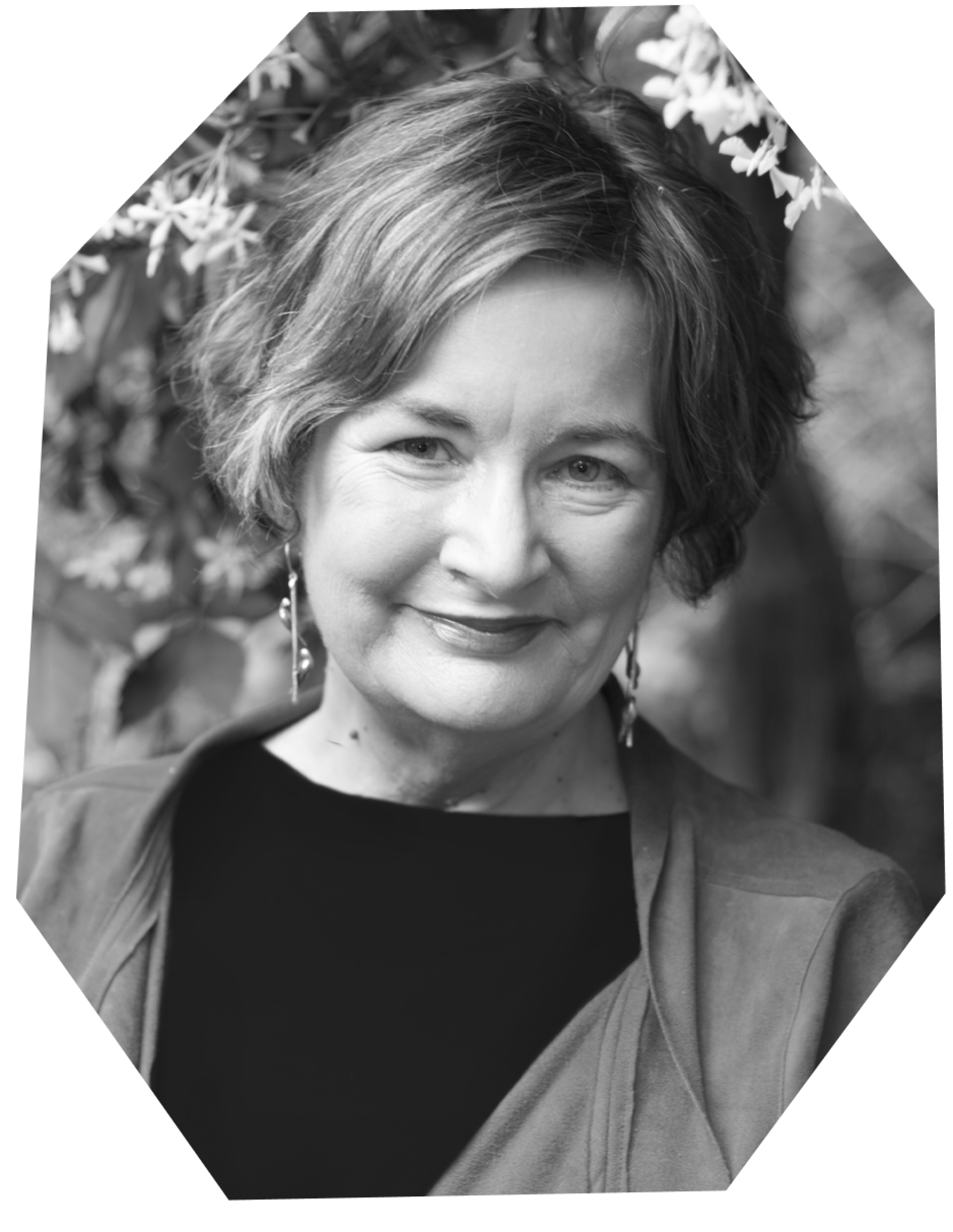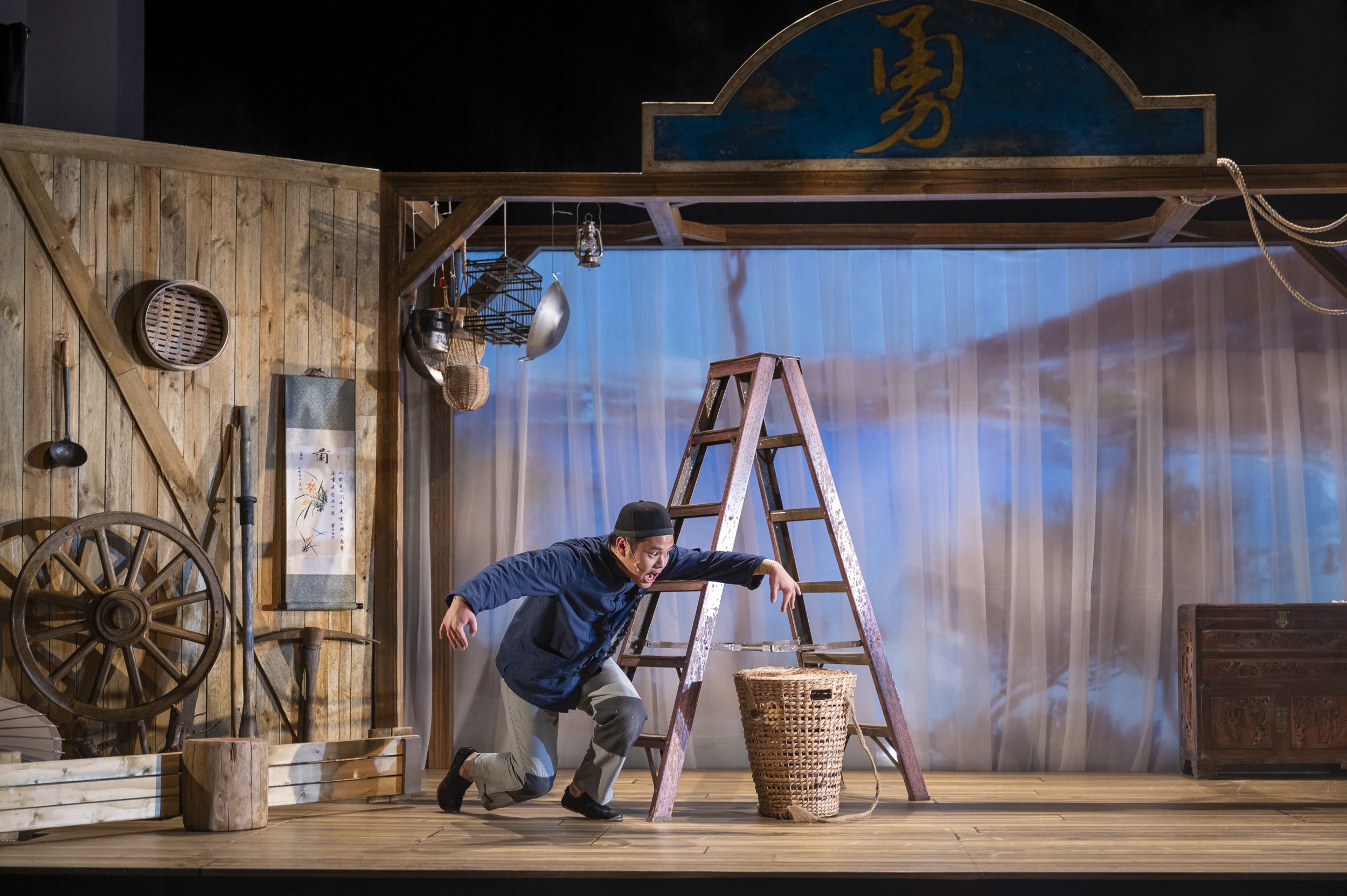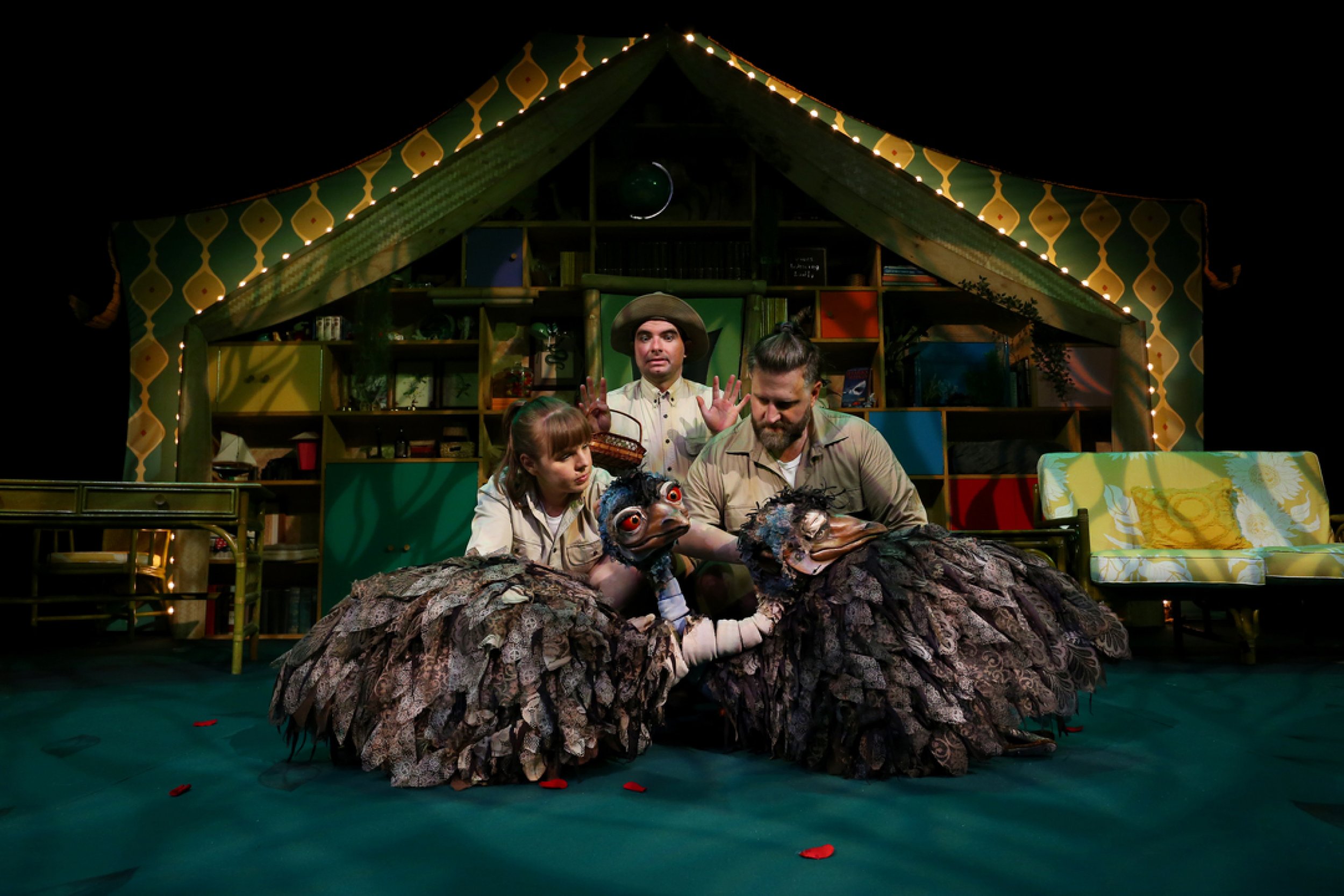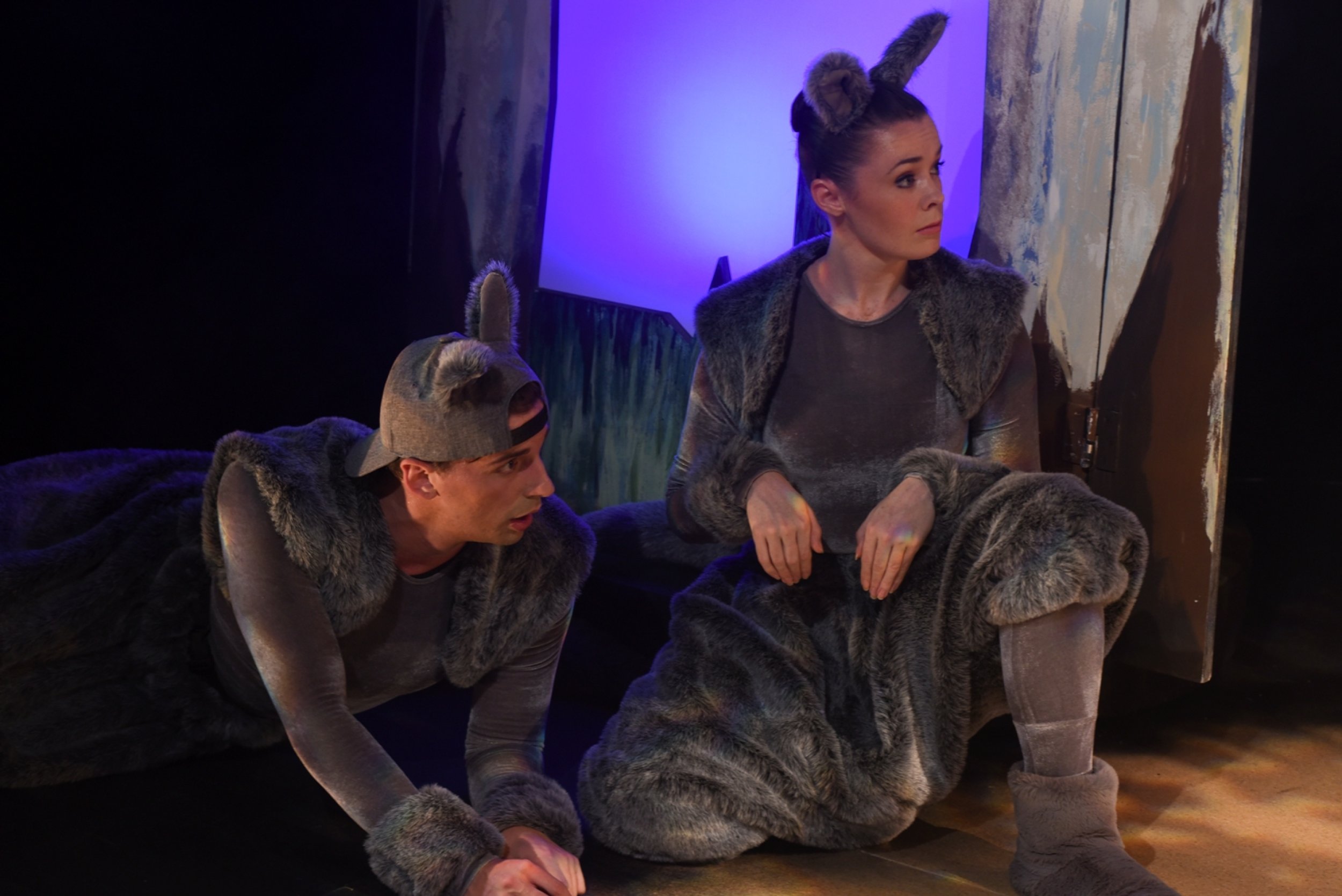Identity and self-reflection: The play delves into questions of identity, particularly through the character of Mark, who begins to question his own identity and place in the world as he listens to Anna's story about Heidi. The exploration of Heidi's identity as the daughter of Hitler and Mark's contemplation of his own identity create a backdrop for self-reflection and personal growth.
Historical responsibility and guilt: The play raises thought-provoking questions about historical responsibility and guilt. Through Heidi's character, it examines whether she could have played a role in preventing the atrocities committed by her father, Adolf Hitler. This theme prompts the audience to consider the ethical implications of being connected to a dark historical figure and the notion of collective guilt.
Morality and choices: Hitler's Daughter explores the moral dilemmas faced by its characters, particularly Heidi, who may have been in a position to influence her father's actions. The play invites audiences to contemplate the difficult choices people make in the face of extreme circumstances and how those choices can shape the course of history.
Society's fears and prejudices: The play tackles societal fears and prejudices by juxtaposing the historical context of Nazi Germany with contemporary Australia. It challenges the audience to examine how prejudices and biases persist across different times and cultures and how these attitudes impact individuals and society at large.
Narrative and perspective: The storytelling aspect of the play is crucial, as Anna recounts the imagined tale of Heidi to her friends. The play raises questions about the power of storytelling, the reliability of historical narratives, and the influence of perspective on how events are understood and interpreted.












